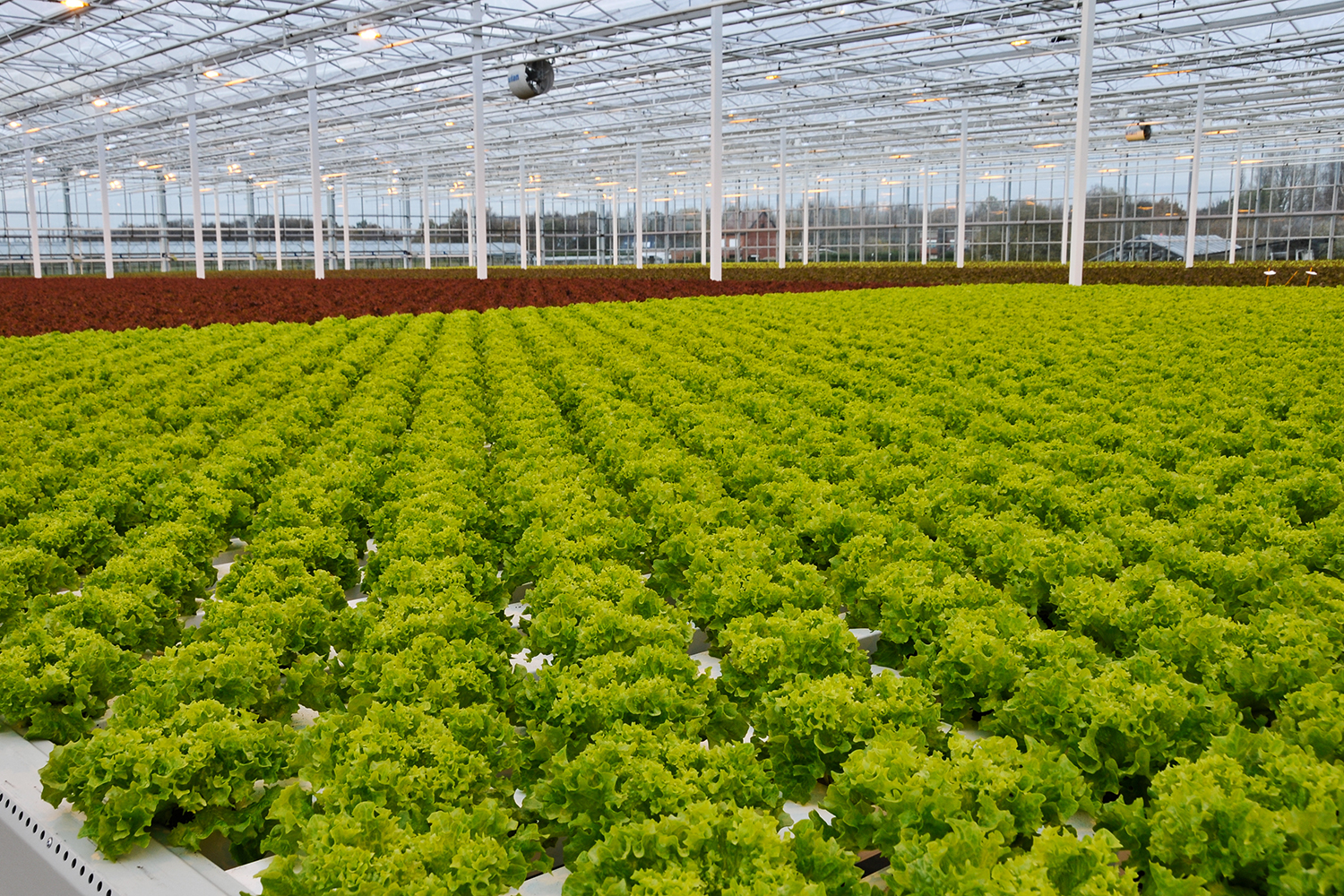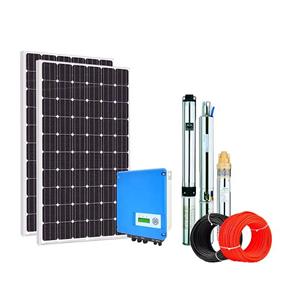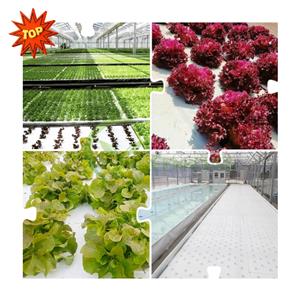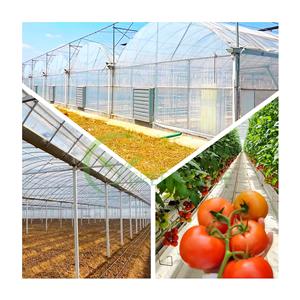Why Can Greenhouses Help Vegetables Grow?

Why Can Greenhouses Help Vegetables Grow?
Date:21th Feb. 2024 | Source: Ygreenhouse™️ | Author: Ygreenhouse

1. Provide a stable growth environment: Greenhouses can shade the impact of external climate conditions on vegetable growth, providing a relatively stable growth environment for vegetables. Maintaining a relatively constant state in terms of temperature, humidity, and light is beneficial for the normal growth and development of vegetables.
2. Extending the growth period: Greenhouses can effectively keep warm, allowing vegetables to maintain a suitable growth temperature during cold seasons. This prolongs the growth period of vegetables, thereby increasing yield.
3. Improve photosynthetic efficiency: Good lighting conditions in greenhouses can improve the photosynthetic efficiency of vegetables. Photosynthesis is the foundation of vegetable growth, and the higher the efficiency, the higher the growth rate and yield of vegetables.
4. Reduce pests and diseases: Greenhouses can play a certain role in isolation, reducing the invasion of external pests and diseases. Meanwhile, the relatively enclosed environment inside the greenhouse is conducive to early detection and prevention of diseases and pests, thereby reducing the impact on vegetable yield.
5. Convenient management: Greenhouses allow vegetables to grow in a relatively concentrated space, making it convenient for farmers to carry out management activities such as fertilization, irrigation, weeding, and picking, thereby improving labor efficiency.
In short, greenhouses help vegetables grow and increase yield by providing a stable growth environment, extending the growth period, improving photosynthesis efficiency, reducing pests and diseases, and facilitating management.








